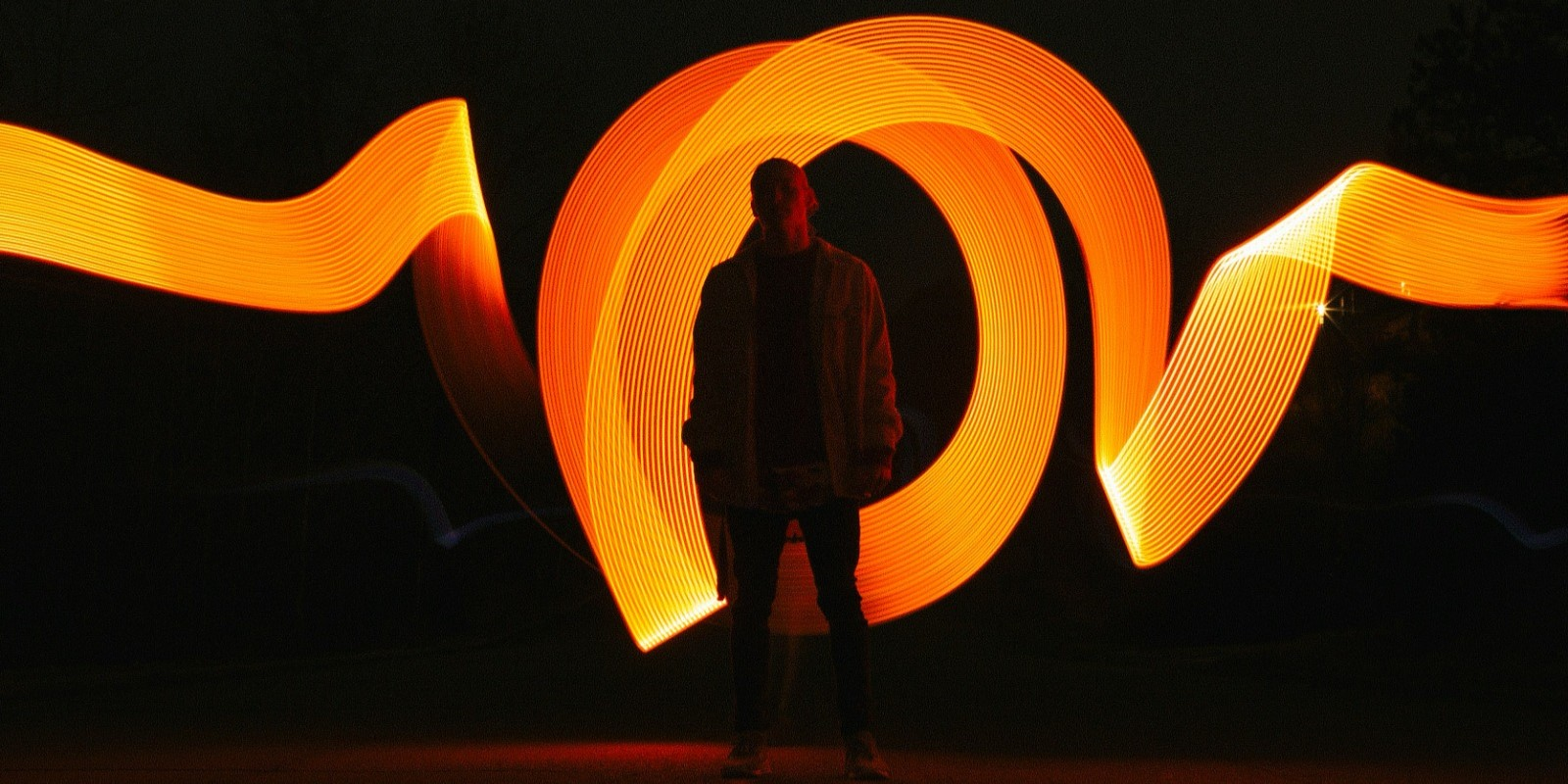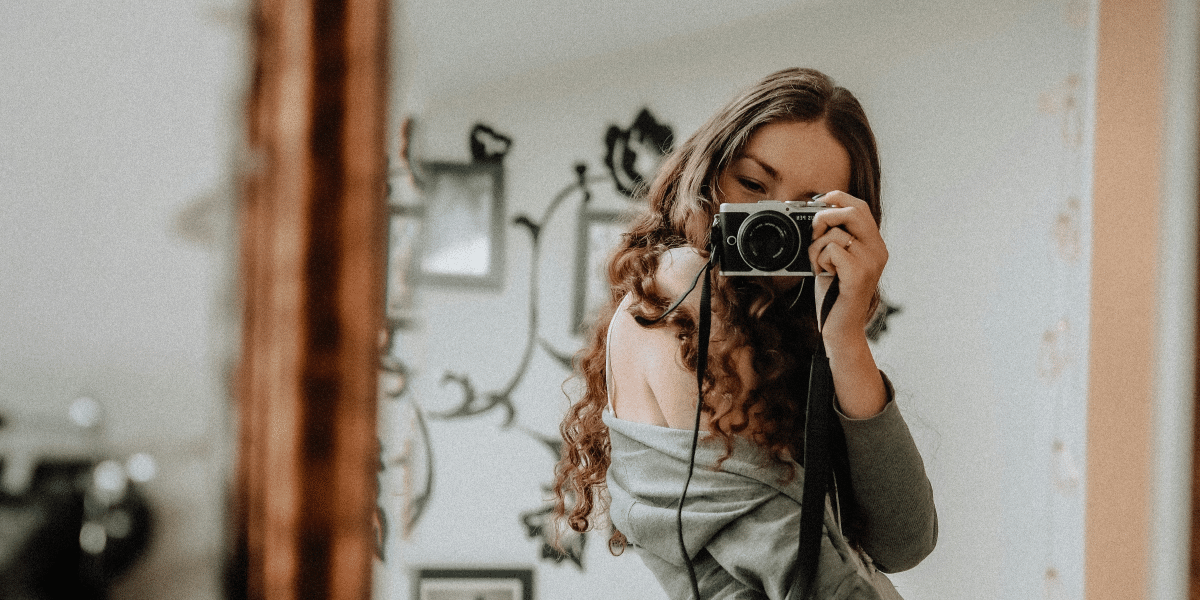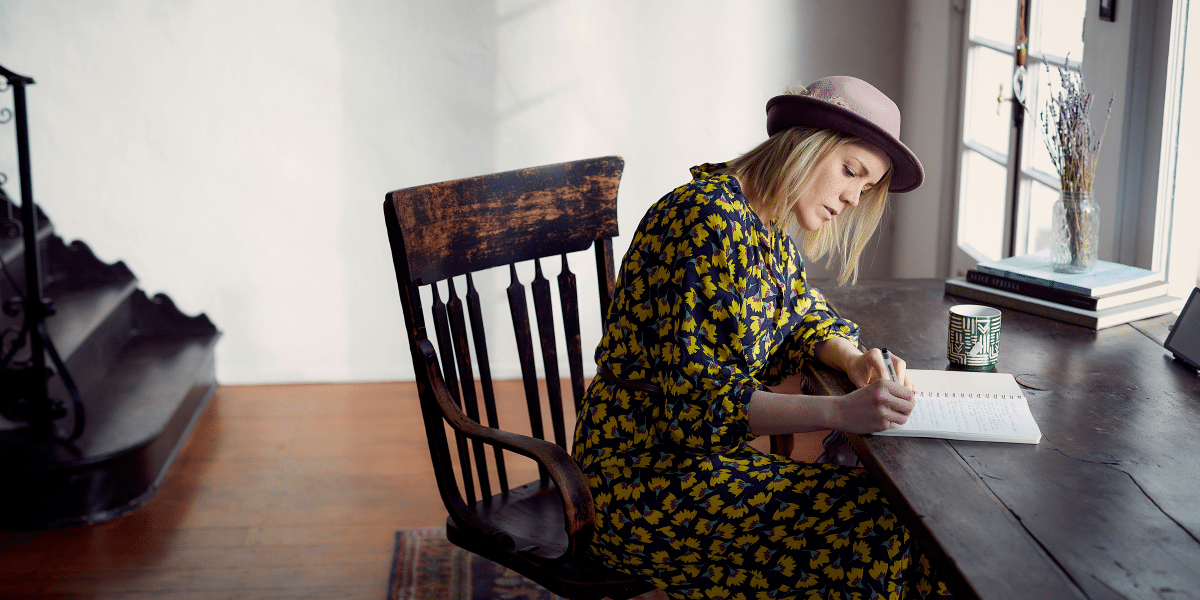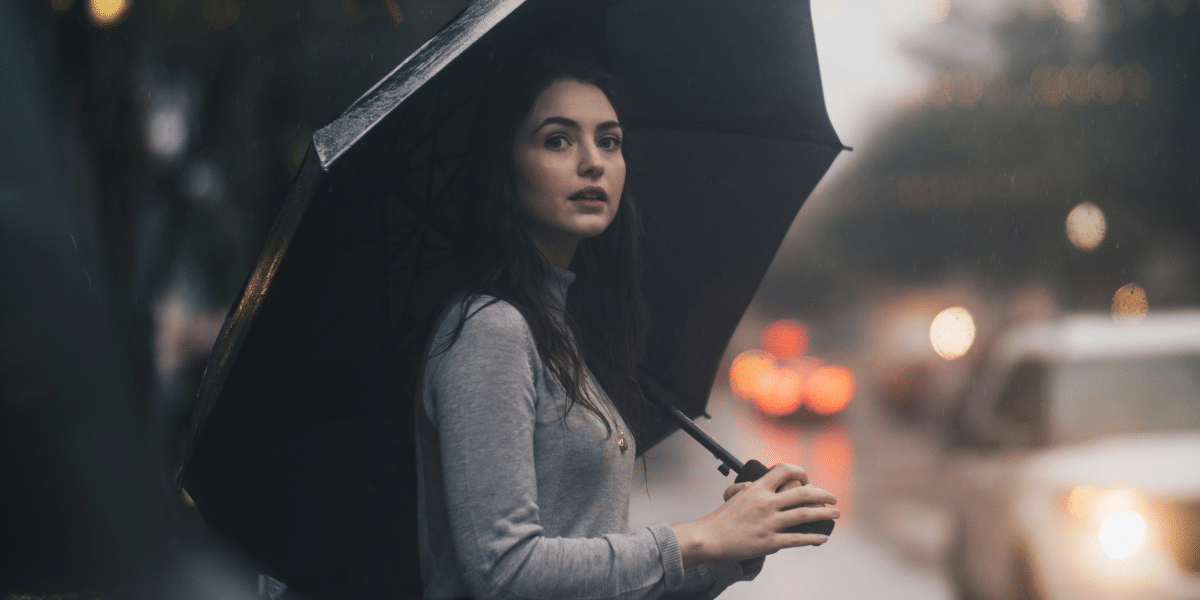Artificial lighting plays a crucial role in media production, whether it’s for film, television, photography, or video. When used effectively, artificial lights can enhance storytelling, set the mood, and elevate the overall visual appeal of a production. In this article, we’ll explore some tips for best utilizing artificial lights in media to achieve professional-looking results.
Understand the Basics of Lighting
Before diving into the world of artificial lighting, it’s essential to understand the basics of lighting principles. Learn about key concepts such as color temperature, intensity, direction, and quality of light. Familiarize yourself with different types of artificial lights, including tungsten, fluorescent, LED, and HMI lights, and their respective characteristics. By mastering the fundamentals of lighting, you’ll be better equipped to create compelling visuals that serve your storytelling goals.
Plan Your Lighting Setup in Advance
Effective lighting begins with careful planning. Before you start shooting, take the time to plan your lighting setup based on the specific requirements of your project. Consider factors such as the location, time of day, mood, and tone you want to convey. Create a lighting diagram or storyboard to map out the placement of lights, their angles, and their intended effects. Planning ahead will save you time and effort on set and ensure that you achieve the desired look and feel for your production.
Use Lighting to Create Depth and Dimension
One of the primary functions of artificial lighting in media is to create depth and dimension in your shots. Experiment with different lighting techniques, such as three-point lighting, to add depth and separation between your subject and the background. Use key lights to illuminate your subject, fill lights to reduce harsh shadows, and backlighting to create depth and separation. By strategically positioning lights, you can sculpt the scene and draw the viewer’s eye to specific areas of interest within the frame.
Control the Quality and Direction of Light
The quality and direction of light have a significant impact on the mood and atmosphere of your scene. Experiment with diffusing and shaping light using modifiers such as softboxes, umbrellas, and grids to control the quality of light. Consider the direction of light relative to your subject’s position and adjust accordingly to achieve the desired effect. Whether you’re aiming for soft, flattering light or dramatic, high-contrast shadows, controlling the quality and direction of light is key to creating visually compelling imagery.
Mix Artificial and Natural Light for Cinematic Effects
While artificial lighting is essential for controlling and shaping light in controlled environments, don’t overlook the creative possibilities of mixing artificial and natural light. Experiment with blending artificial lights with available daylight to create cinematic effects and add visual interest to your shots. Use artificial lights to supplement or augment natural light, fill in shadows, or create contrast and drama. By harnessing the best of both worlds, you can achieve dynamic and visually striking results that elevate your production to the next level.
Pay Attention to Color Temperature and White Balance
Color temperature plays a critical role in setting the mood and tone of your scene. Pay attention to the color temperature of your lights and adjust accordingly to achieve the desired look and feel. Match the color temperature of your artificial lights to the ambient light in your scene or use gels to correct for color imbalances. Additionally, ensure that your camera’s white balance is set correctly to accurately reproduce colors and avoid unwanted color casts. Consistent color temperature and white balance are essential for maintaining visual coherence and professionalism in your production.
Experiment and Be Creative
Finally, don’t be afraid to experiment and be creative with your lighting techniques. Every production is unique, and there’s no one-size-fits-all approach to lighting. Don’t be afraid to break the rules and try unconventional lighting setups or techniques to achieve the desired effect. Use light to evoke emotion, create atmosphere, and enhance storytelling in unexpected ways. The more you experiment and push the boundaries of traditional lighting, the more you’ll develop your own unique style and artistic vision as a media creator.
The Undefeated Impact of Artificial Lighting
Artificial lighting is a powerful tool for creating compelling visuals in media production. By understanding the basics of lighting principles, planning your lighting setup in advance, using light to create depth and dimension, controlling the quality and direction of light, mixing artificial and natural light, paying attention to color temperature and white balance, and experimenting with creative lighting techniques, you can achieve professional-looking results that enhance your storytelling and captivate your audience. With practice, patience, and creativity, you can master the art of artificial lighting and take your media productions to new heights.






